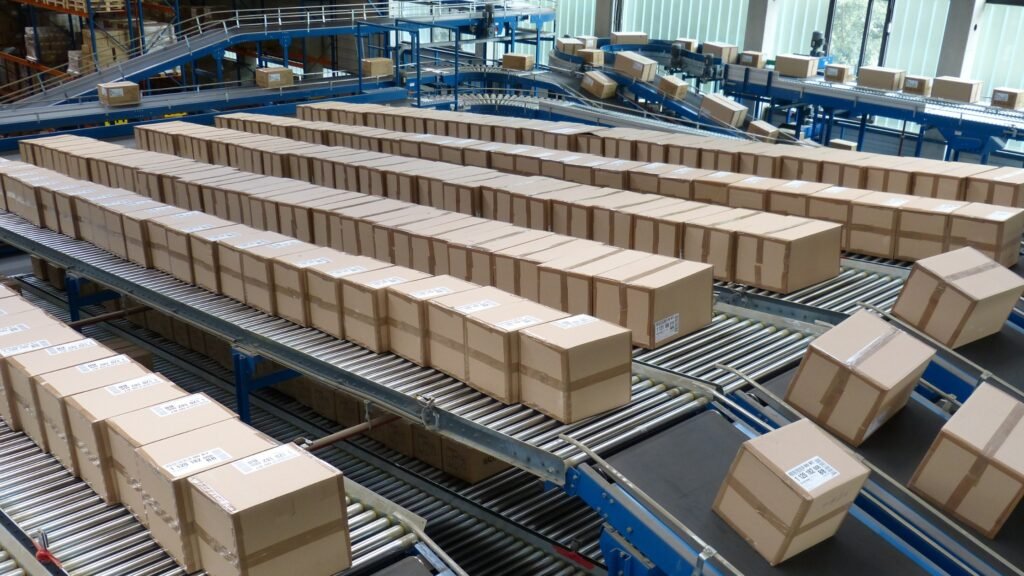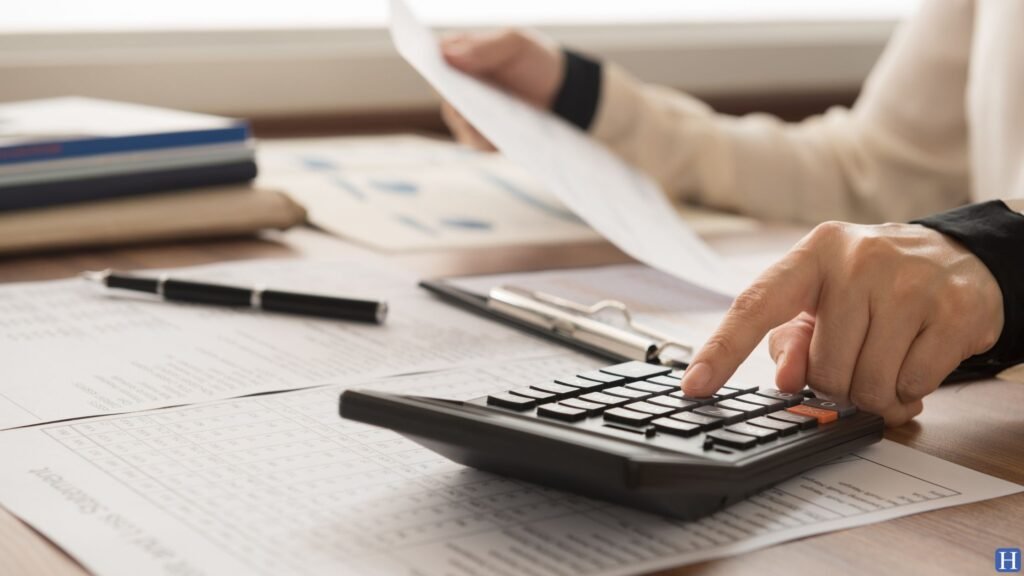If you are thinking about selling your company, the first step you should take is to carry out a business valuation. This will help you answer the crucial question, ‘how much is my business really worth?’ Once you know the value of your business, you will then be able to set a fair and accurate price for both you and your potential buyers.
If you have never sold a company before and you are not sure how to value a business, never fear – we will explore some of the most common methods used in the UK. These include:
- Turnover valuation
- Entry cost
- Price-to-earnings (P/E) ratio
- Asset valuation
- Discounted cash flow
Understanding these different methods will put you in a prime position to choose the valuation type that best suits your business and your potential buyers’ preferences.
How to Value a Business Based on Turnover

The valuation of a business using its turnover figures is one of the most common methods used in the UK by everyone from banks to investors. This is because it provides an accurate picture of how much revenue the company really generates in any given period – whether a week, a month, or a year.
To calculate your business value based on turnover, you must first calculate your average weekly sales, which you can achieve by taking the total turnover figure for your chosen time period and then dividing it by the number of weeks within that period.
Once you have this number, you must then multiply it by your sector value (you may need to contact a valuation expert to find this out). The result of this multiplication will give you your business’s value.
Entry Cost Valuation

An entry cost valuation is a relatively complex method of answering the question, ‘how much is my business worth’, but it has some significant advantages. For one thing, it allows you to gain a nuanced and highly accurate overview of your business’s current status and can also highlight areas for potential improvement. This could be appealing to potential investors, who will be able to see exactly where changes could be made or streamlining could occur.
The downside of an entry cost business valuation is that it will not provide you or your potential buyers with a value based on the effects of competition or future growth.
If you decide you want to go ahead with an entry cost valuation, this entails working out exactly how much it would take to rebuild the company from the ground up. To accomplish this, you will need to add up all tangible and intangible assets, alongside your expenses, R&D investment and other vital factors.
Price-to-earnings (P/E) Ratio

If your business is of a significant size and is publicly traded, then you may want to use a P/E method of valuation.
To work this out, you need to deduce the ratio between the price of a share in the business (P) compared to relative company earnings for the share (E). If the ratio is low, that indicates your company may be undervalued, whereas if it is high, then it is potentially overvalued.
Investors can use this ratio to help them work out your company’s relationship to its competitors and decide whether it would be a sound investment opportunity or not.
Asset Valuation

When it comes to asset-based valuations, there are two different paths you can take. The first is to only assess the value of your company’s physical assets (deducting your liabilities). These physical assets can include:
- Property
- Equipment
- Inventory
- Machinery
However, this method may not provide the most accurate picture of your business’s worth as it fails to consider intangible assets, such as your IP or the reputation of your brand. In this case, you may wish to pursue a full asset valuation instead.
The downside of asset-focused valuations is that they are very complex and typically require specialist help – and, even then, they may not provide you with a figure that accurately represents your company’s true market value. This is something to consider before deciding to take this valuation route.
Discounted Cash Flow Method

The last method on our list is working out a business valuation based on discounted cash flow. According to rumour, this is the method preferred by no less a businessman than Warren Buffet and is most suited for businesses that are long-established and occupy a firm foothold within their sector.
This admittedly complex method involves finding out how much your business may be worth in the future by calculating what it’s future cash flow would be worth today.
To work out this sum, you must apply a discount interest rate that considers both the potential risk factors and the time value of money (in short, £1 you earn today is considered to have greater worth than one you will earn tomorrow).
If the calculated value is greater than the cost of initial investment, then potential buyers will consider your company a more worthy proposition.
In Summary
Now you are well-acquainted with different techniques for how to value a business, you can make an informed decision and choose the valuation method best suited to your type and size of business.
Ultimately, whichever you decide to use, having your business valued is a critical first step on the journey toward finding a buyer. Once you have an accurate picture of your company’s worth, the next stage of the journey is to hire a tried-and-trusted business broker like Harris Acquire to make the whole process as simple and stress-free as possible.
To find out more, don’t hesitate to get in touch. You can contact us by phone at 01926 757100 or email Hello@harrisacquire.com. Alternatively, you can fill out the contact form on our website. We look forward to hearing from you
